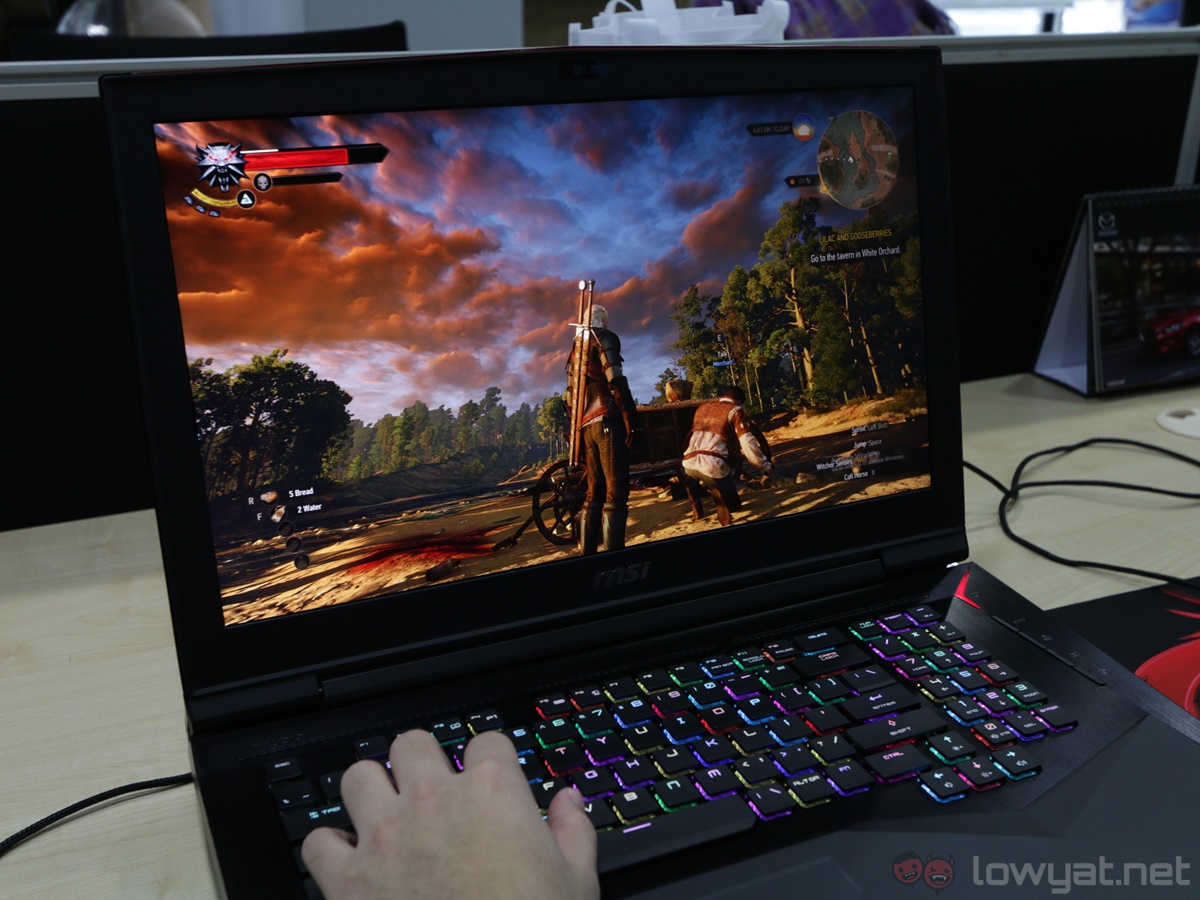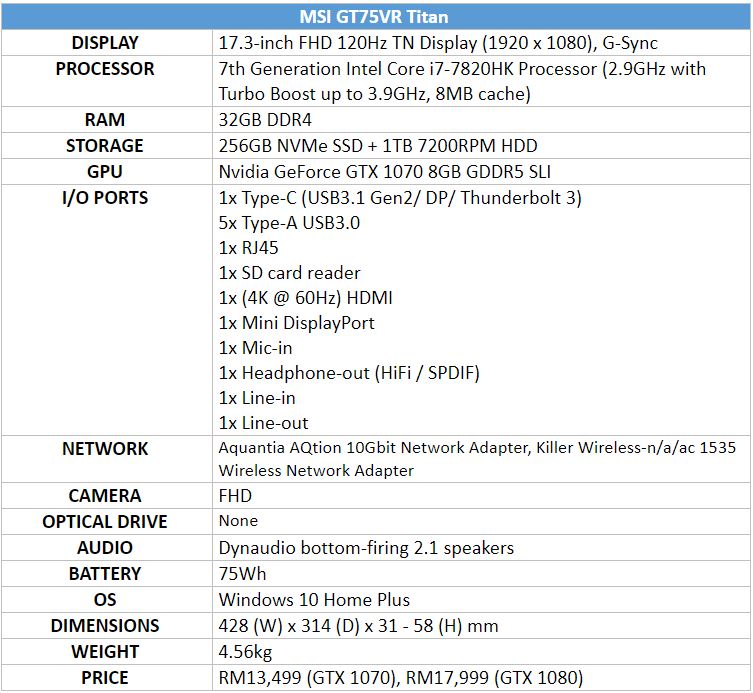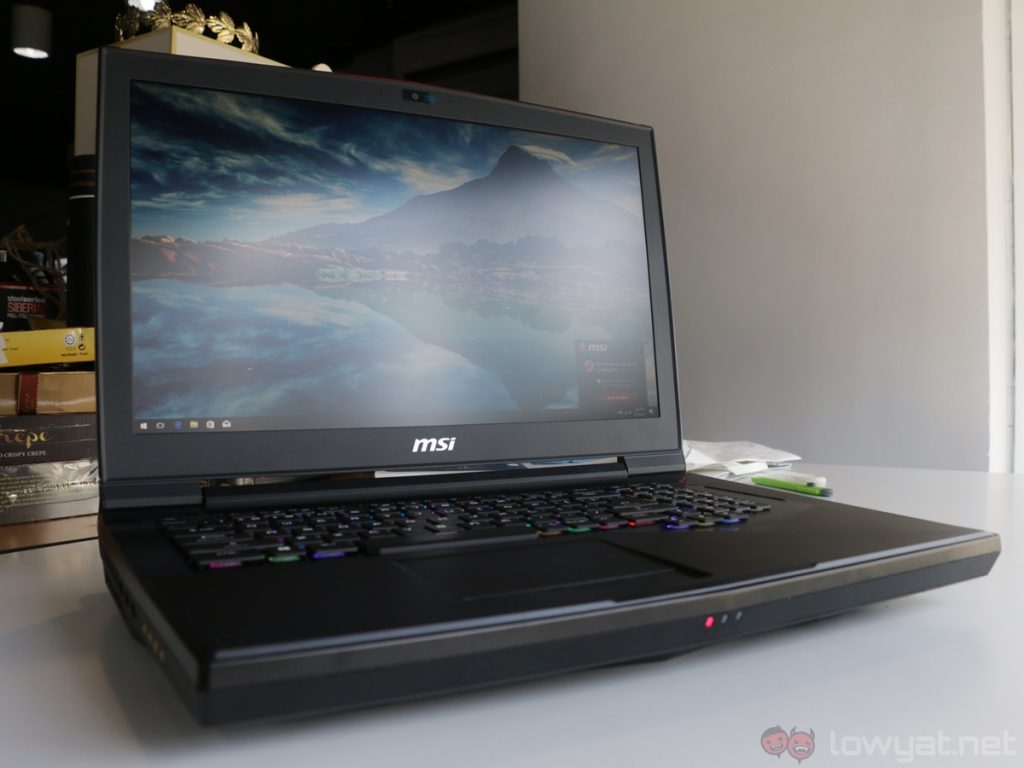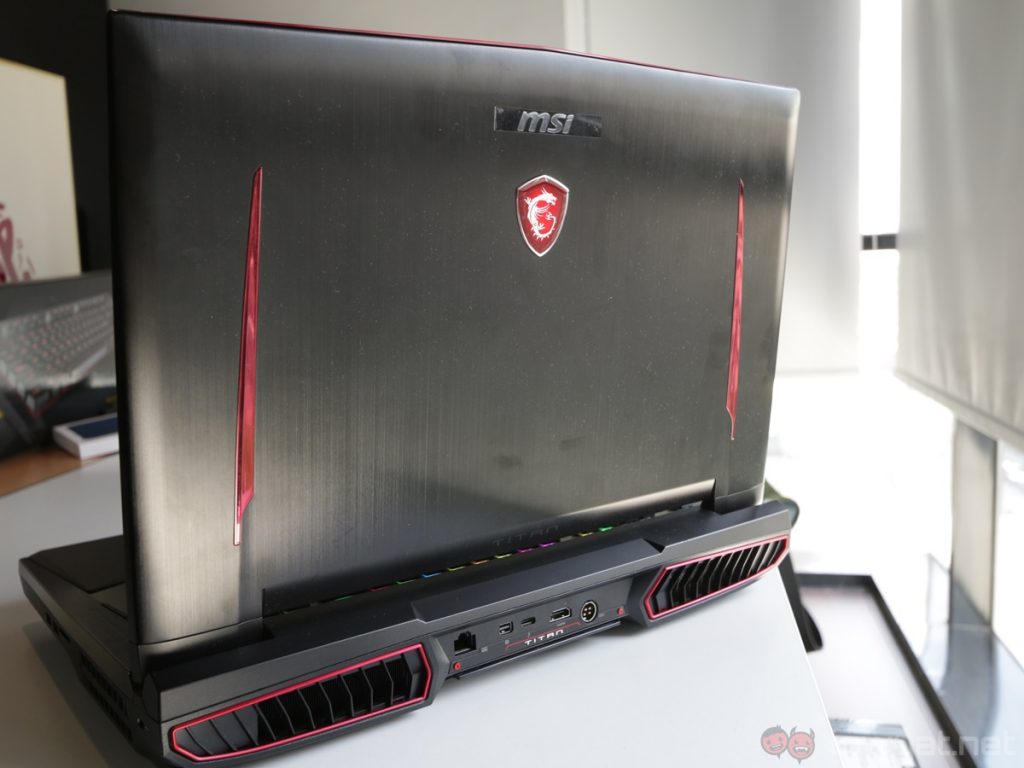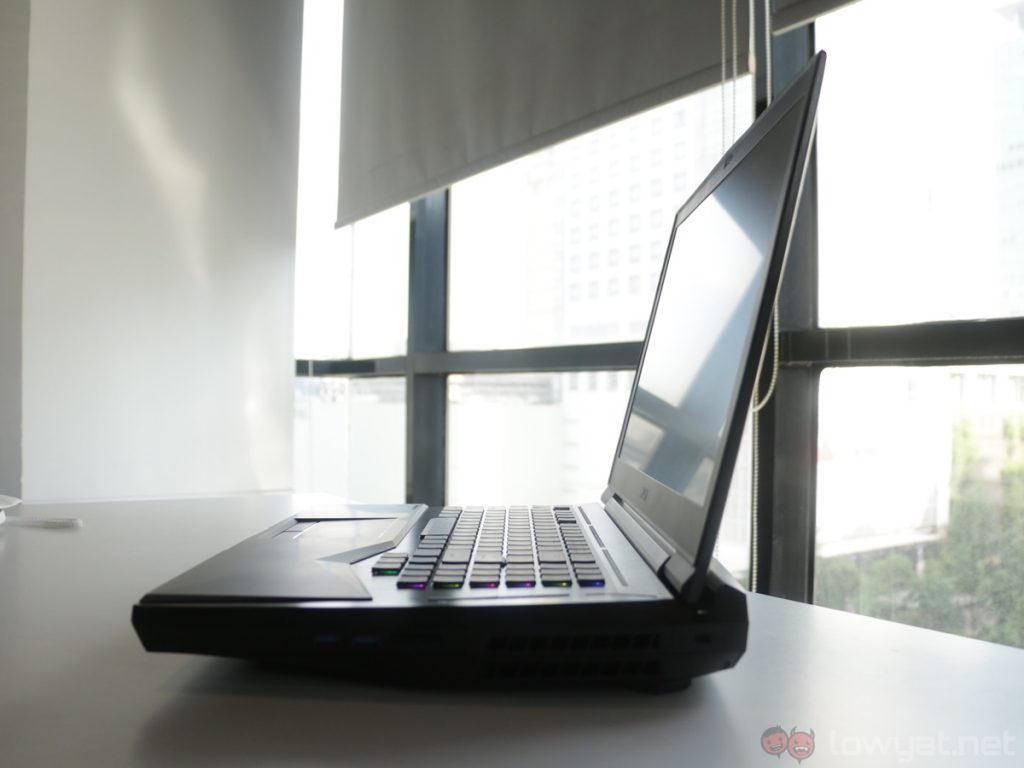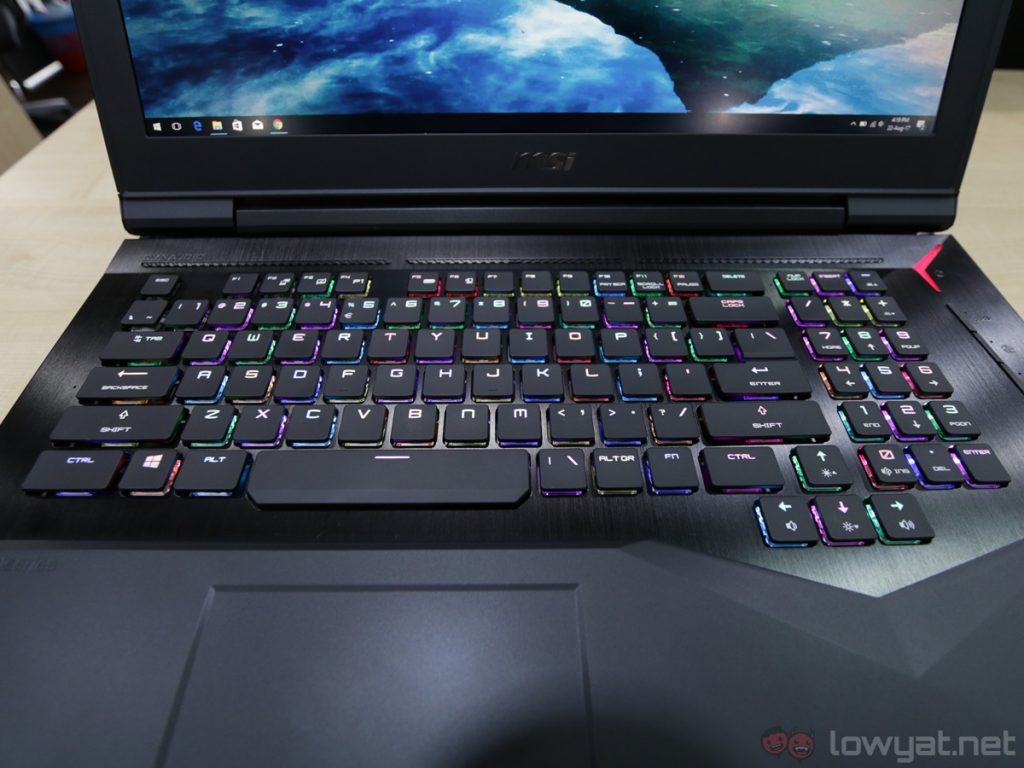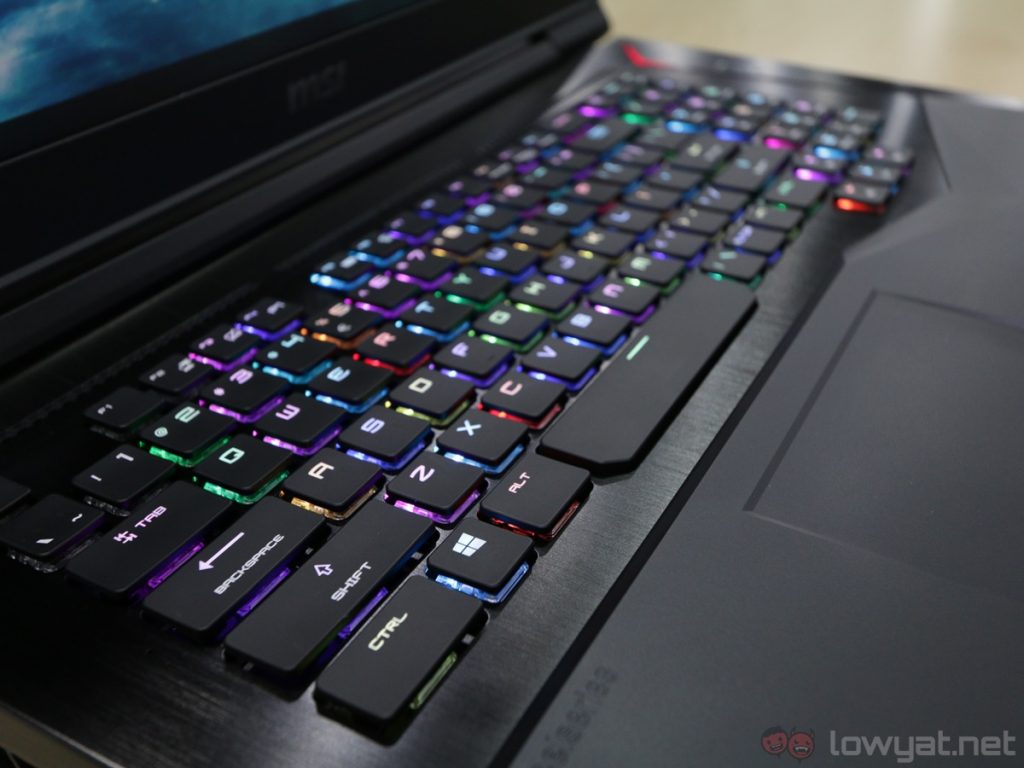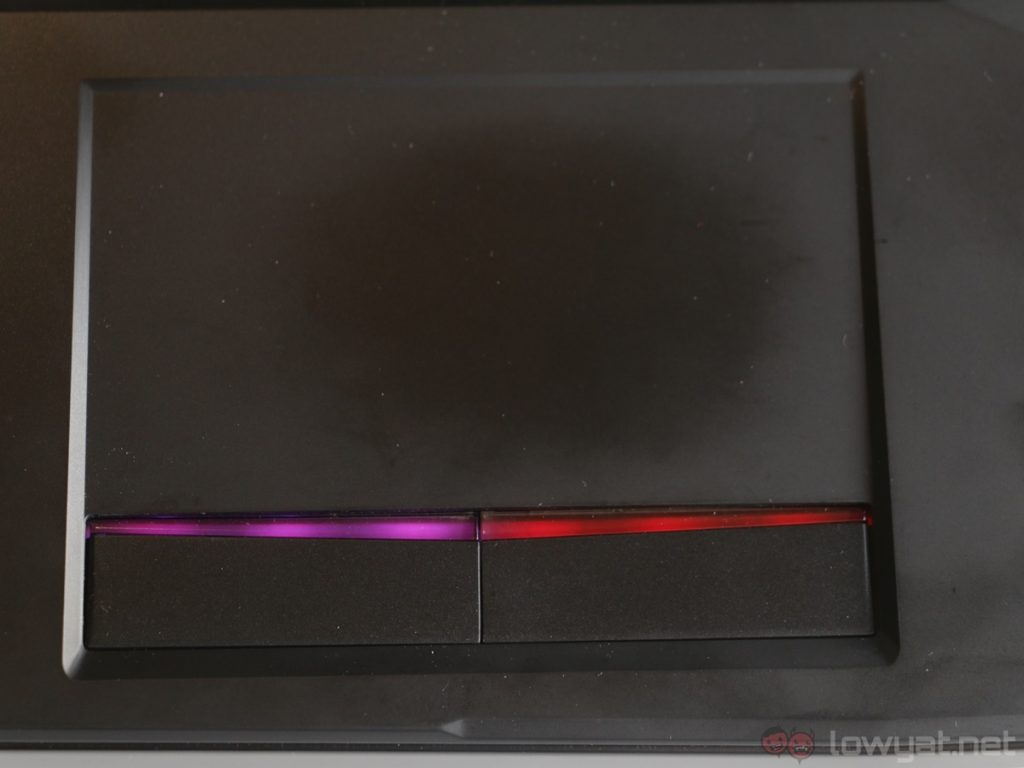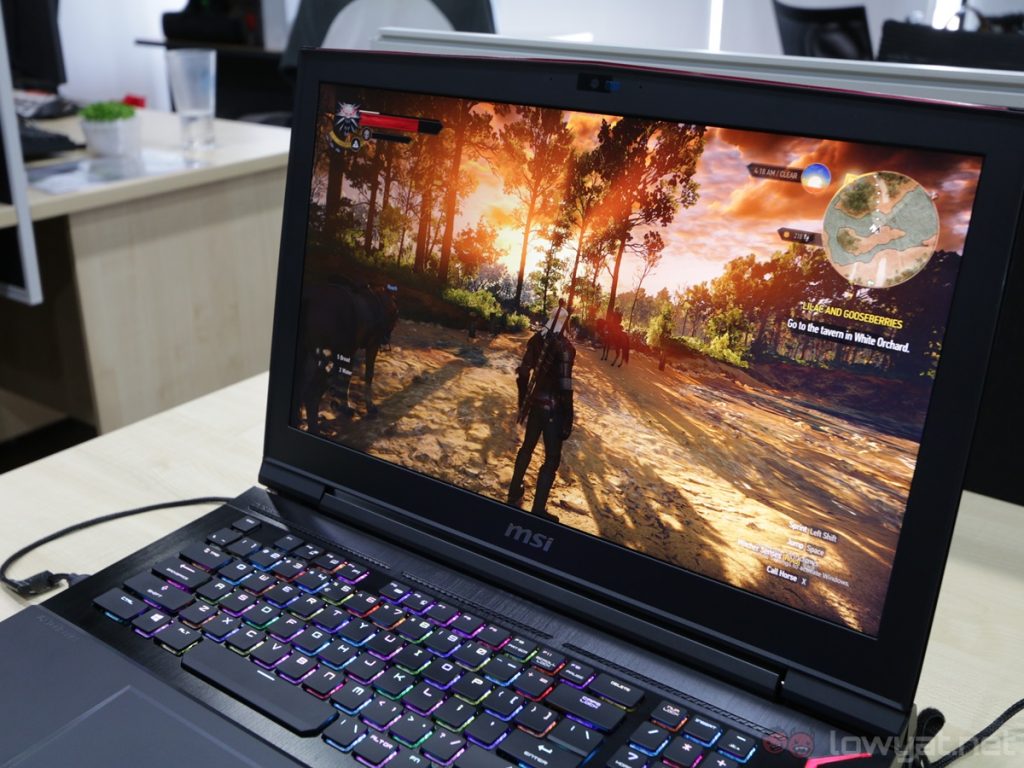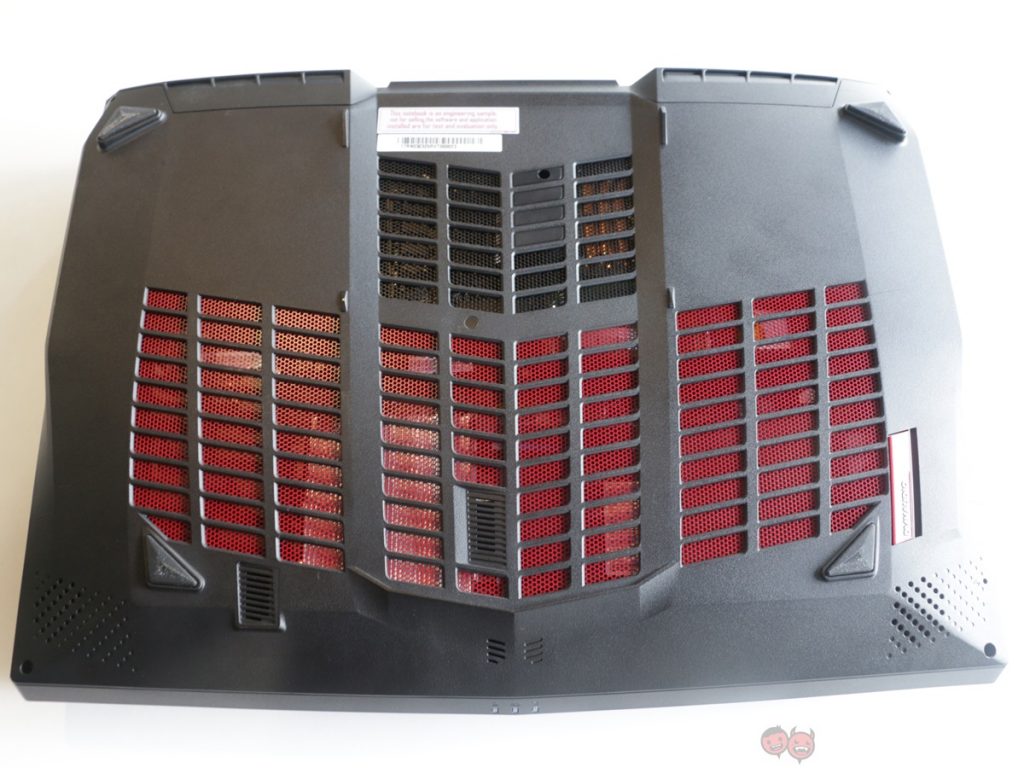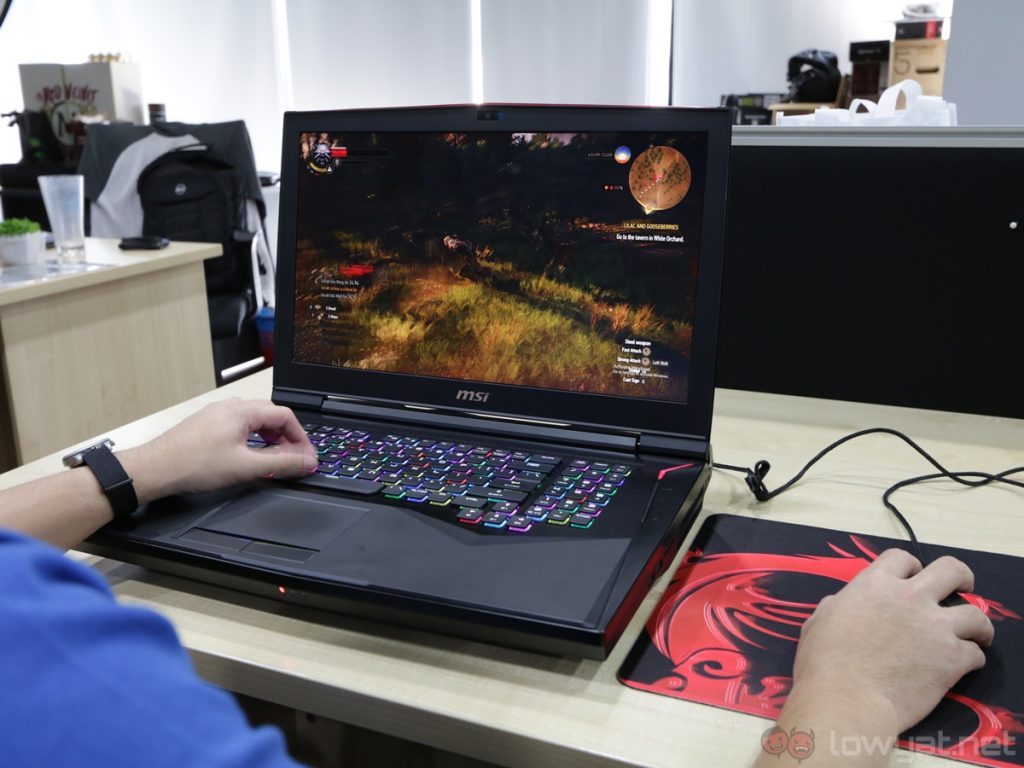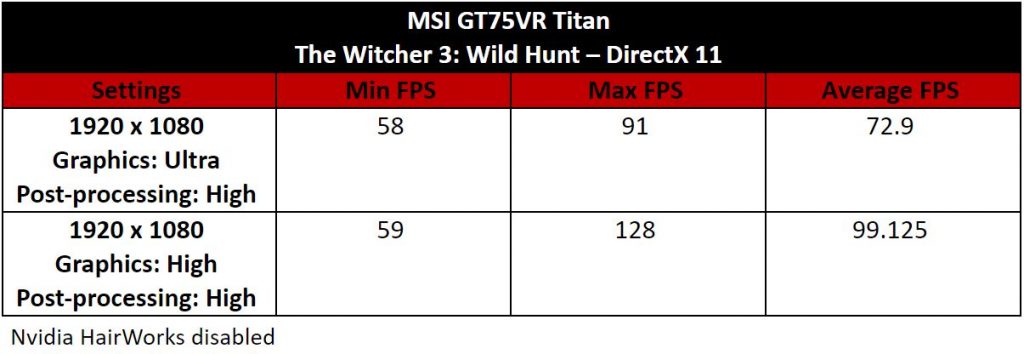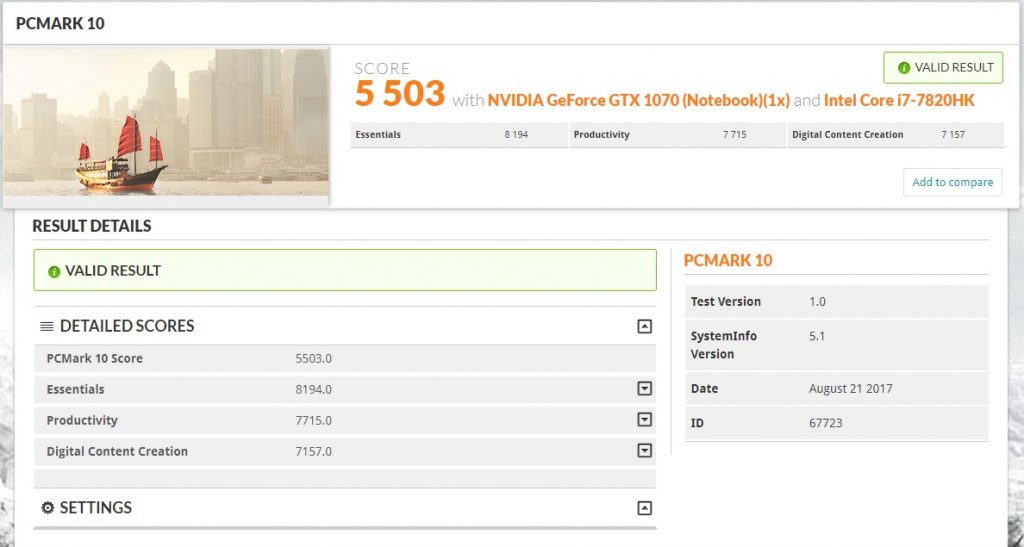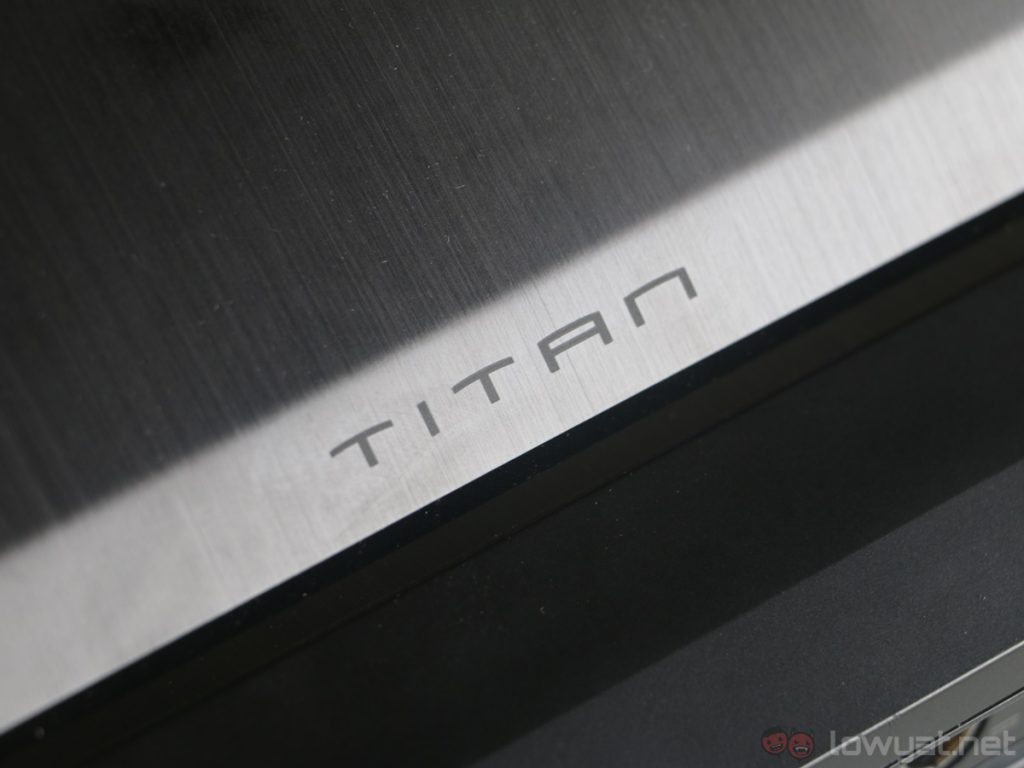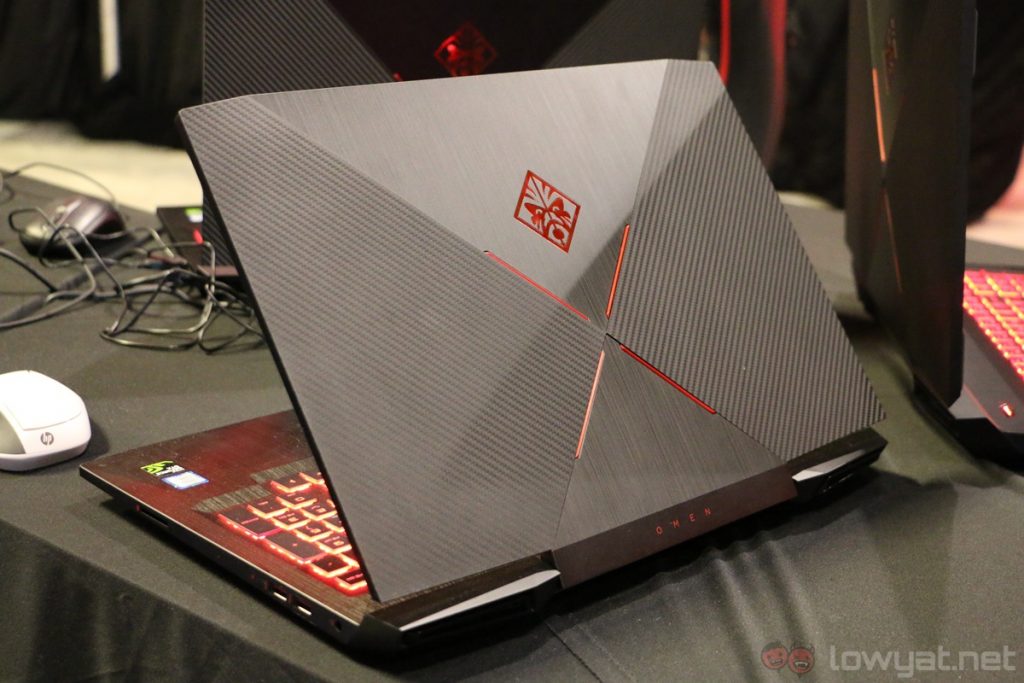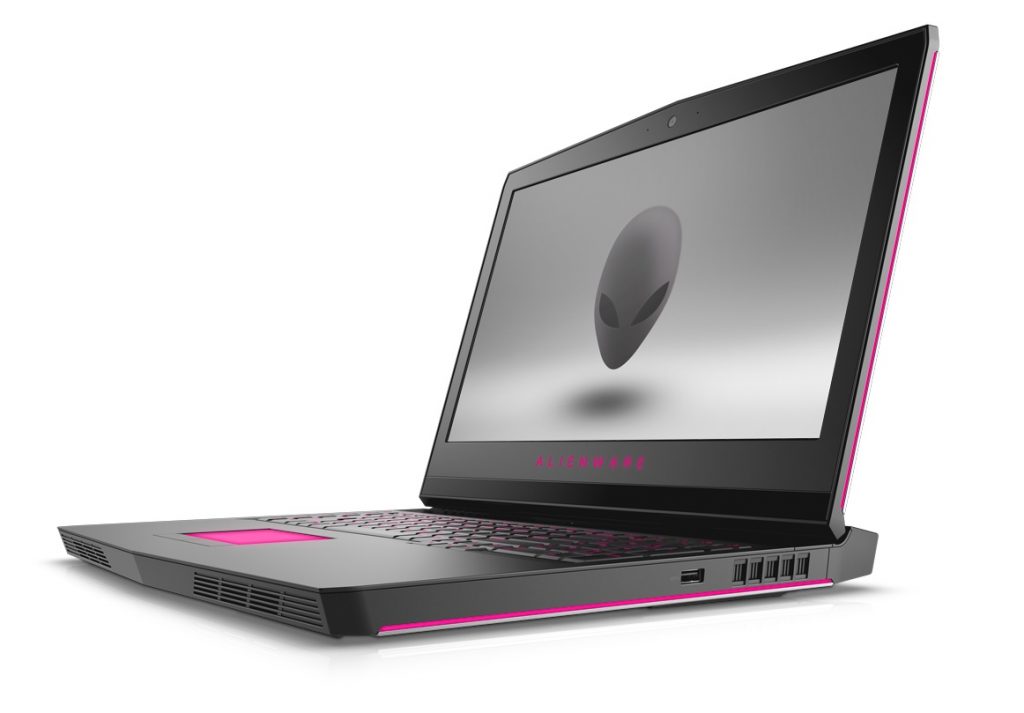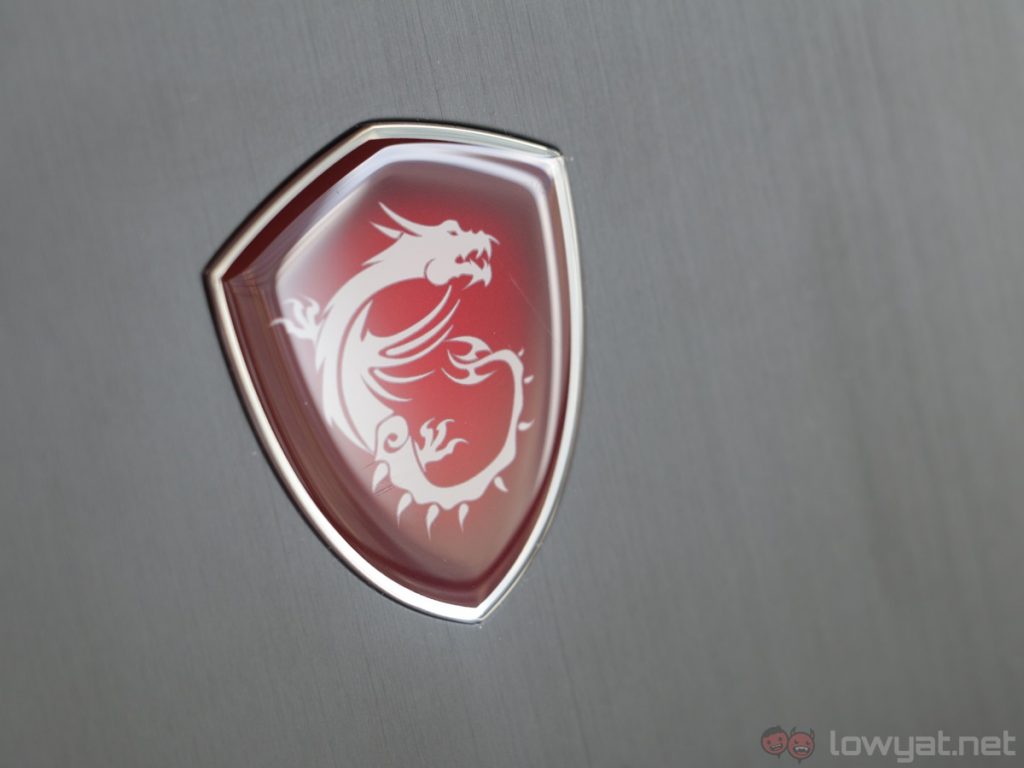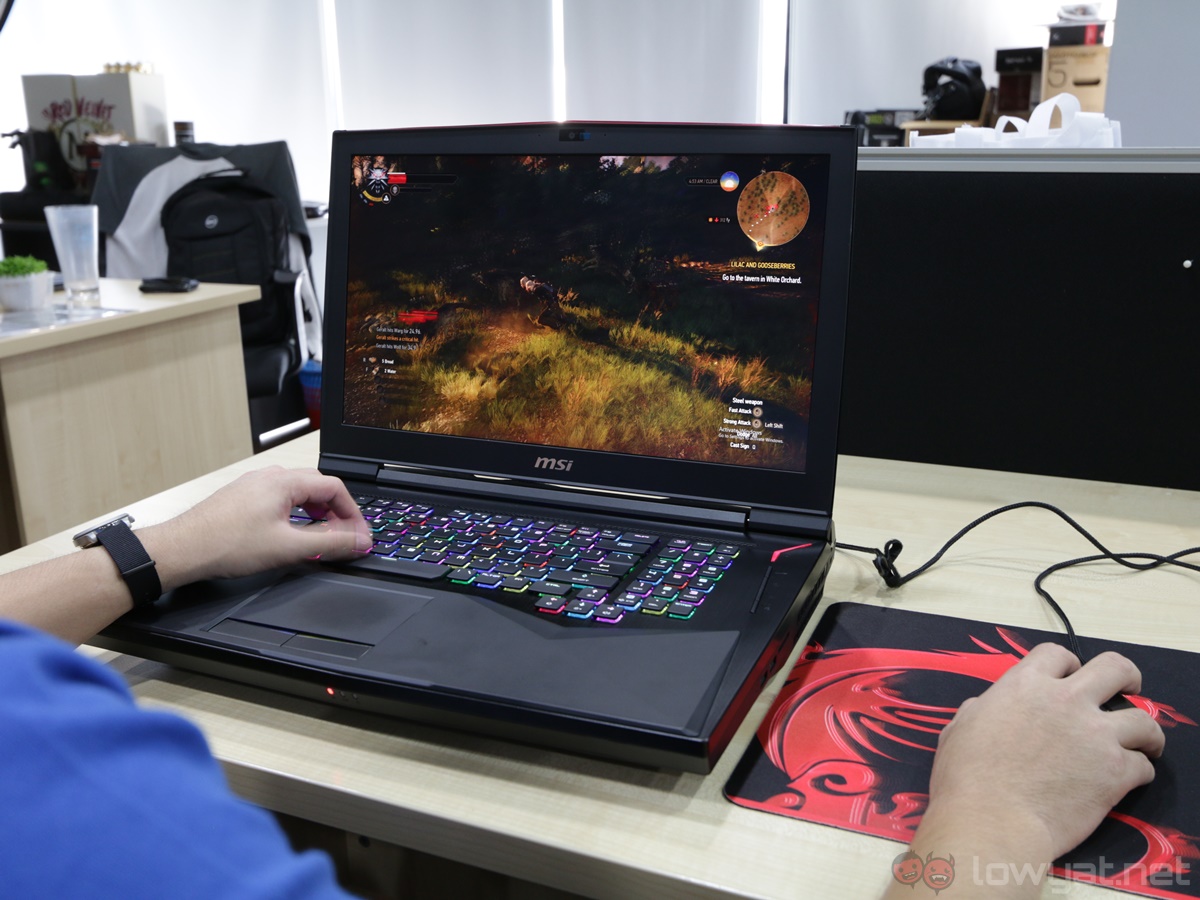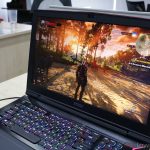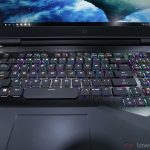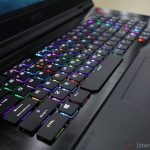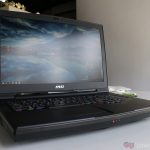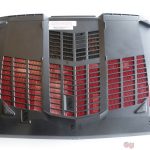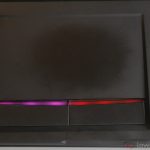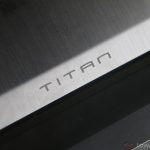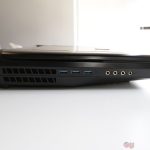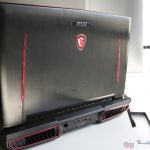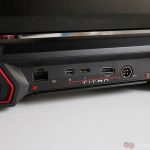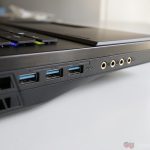MSI’s Titan gaming laptops really live up to their name: they’re huge, powerful gaming machines. While the MSI GT75VR Titan we have here today isn’t quite as big – or decadent – as the MSI GT83VR Titan SLI, it’s still a very capable gaming machine with some neat tricks up its sleeve.
But as is always the case with MSI’s Titan laptops, the GT75VR’s steep asking price really limits its potential customers. However, those who are willing to drop the cash for it will be a very, very happy gamer.
Specifications
Note that our review unit comes equipped with two GTX 1070 GPUs, which is not sold in Malaysia. For our market, only the single-GPU configuration – GTX 1070 or 1080 – is available. To mimic the performance level of our local unit, we disabled SLI on the GT75VR throughout the review.
Design
As a gaming brand, it really comes as no surprise that the GT75VR sports a “conventional” gaming laptop aesthetics. The black and red colour scheme is almost synonymous with gaming at this point, and the rear vent design with red accents further drives the point home that this is a gaming machine. Basically, the GT75VR is through and through a gaming laptop.
Open up the GT75VR and you’ll be greeted with the very bright RGB mechanical keyboard. No, it’s not your conventional mechanical keyboard, but it sure is a fantastic one. Although it doesn’t have the long key travel of a standard mechanical keyboard, I got used to the low-profile keys pretty quickly; I’ll elaborate more on this further down this review.
Weighing a hefty 4.56kg and measuring 31 to 58mm thick (it has a wedge design), the GT75VR is not a very portable laptop. Not only does it not fit into most backpacks – it certainly didn’t fit in mine – it’s a heavy machine. Of course, MSI does make good use of the extra weight and thickness, but there’s no denying that this is not a laptop you want to lug around.
Build quality of the GT75VR is also pretty good. Although the bottom chassis is made out of plastic – the palm rest area has a plastic cover too – this laptop feels sturdy and solid. That being said, I don’t quite like the display’s plastic bezels, especially given the high askking price of the GT75VR.
Given its status as a Titan laptop, portability definitely isn’t the GT75VR’s strength, but there are inherent benefits to this. In fact, it may be even worth the sacrifice in portability.
User Experience
First things first, let’s talk about the GT75VR’s low-profile mechanical keyboard. Made in collaboration with SteelSeries, it’s a lot like…a quieter Cherry MX Blue keyboard with less key travel, which isn’t a bad thing at all. There’s more than enough key travel for a comfortable typing experience – the keys are also on the heavier side of things – and I love the fact that it’s not quite as loud as MX Blue switches.
And then we have the trackpad, which is…functional. See, our unit of the GT75VR is an engineering sample, so certain features simply do not work. There’s no two-finger scrolling, pinch to zoom, or any gesture-based actions with the trackpad. Beyond this, however, the trackpad works just fine; it can certainly deliver in a pinch.
Another major highlight of the GT75VR is its display. Although it’s “only” a 17.3-inch 1080p display, it has a high 120Hz refresh rate and a low 3ms response time. To top it off, the GT75VR even comes with Nvidia’s G-Sync technology. Collectively, these three points make the GT75VR very, very ideal for gaming. The high refresh rate lends to a very fluid gaming experience, and needless to say, the GTX 1070 GPU can definitely make use of it.
However, the display isn’t perfect: it’s a TN panel. Although it has better viewing angles than your average TN panel, there is noticeable colour shifting when looking at the display from different angles.
Heat management is pretty good too. In extended gaming sessions, the palm rest area did not get warm at all. In fact, only the keyboard area gets slightly warm. System noise, on the other hand, isn’t quite as good: the GT75VR definitely makes itself heard under stress. That being said, it didn’t bother me quite as much: the speakers drown out the fan noise quite a bit, and the audio quality is excellent.
Packed with Dynaudio speakers, the GT75VR has one of the best audio quality I’ve ever come across on a laptop. It can get loud enough to fill up a medium-sized room with relative ease, and gaming with this laptop gives a very immersive audio experience. Really, this is one gaming laptop I’ll gladly game on without using any external speakers.
The GT75VR is a very pleasant to use gaming laptop. Its low-profile mechanical keyboard provides excellent typing experience, it has an incredible audio system, and its 120Hz display with low response time – albeit it’s only a 1080p display – is a joy to game with. The best part is, I haven’t even gotten to the performance aspect of the GT75VR.
Performance
This is where the GT75VR truly, truly shines. As mentioned, our unit comes with two GTX 1070 GPUs, but we disabled SLI to match the single-GPU configuration of the Malaysian variant. Even with SLI disabled, the GT75VR is still a powerful gaming machine: just look at our benchmark scores below.
All three games we tested on the GT75VR – Witcher 3, Rise of the Tomb Raider and Doom – ran well above 60fps even at the highest settings. Evidently, the GT75VR can run modern games really, really well, although not all of them are running above 120fps to take advantage of the 120Hz display.
Competition
Retailing from RM13,499, the GT75VR is one of the costliest gaming laptops in the market, especially for a GTX 1070 machine. For the sake of comparison, let’s take one of the most affordable GTX 1070 laptops in the market now: the HP Omen 17.
Priced at only RM8,899, the Omen 17 has similar hardware as the GTX 1070 GT75VR. HP’s offering comes with a 17.3-inch 1080p 120Hz IPS display – unlike the GT75VR’s TN panel – complete with G-Sync technology, a GTX 1070 GPU, a Core i7-7700HQ processor (the very same one powering the GT75VR), same amount of RAM at 16GB, as well as a 256GB PCIe M.2 SSD paired with a 1TB 7200RPM HDD.
That being said, the GT75VR does sport an RGB mechanical keyboard – the Omen 17 only comes with a standard laptop keyboard. Then again, you’ll be paying RM4,600 more just for the keyboard, although you are getting superior audio quality too – at the cost of portability.
Aside from the Omen 17, the Alienware 17 is a rather interesting competition too. Much like the Omen 17, even the Alienware 17 packs very similar hardware as the GT75VR. It features a Core i7-7700HQ processor paired with 16GB of RAM, a GTX 1070 GPU, 256GB of PCIe SSD with a 1TB 7200RPM HDD, and it even comes with Tobii Eye-tracking technology.
However, the RM10,699 base model of the Alienware 17 only comes with a rather average 17.3-inch 1080p IPS display, but this can be easily upgraded to a 1440p TN panel with 120Hz refresh rate (and G-Sync) on Dell’s online site. The grand total? Only about RM11,521. That’s still considerably less than the GT75VR’s RM13,499 starting price.
Of course, as it is the case with the Omen 17, the Alienware 17 doesn’t come with a mechanical keyboard like the GT75VR. I’m inclined to say MSI’s offering has better audio performance too, but I can’t exactly vouch for this: I haven’t personally tried the Alienware 17.
Conclusion
The MSI GT75VR Titan is a powerful, very capable gaming laptop with a sweet audio system. But as capable as it is, consumers will have to shell out a small fortune for it, and considering the fact that you can get a similarly-equipped gaming laptop for much less, the GT75VR is hard to recommend.
That is not to say the GT75VR is a bad gaming laptop. In fact, that’s far from the truth: its mechanical keyboard is superior to a conventional laptop keyboard in every way, it can play modern games with maxed out graphics settings with relative ease, and its 2.1 Dynaudio speakers are downright impressive.
But the real question is: how many consumers are willing to spend at least RM13,499 for the GT75VR? It’s a very good gaming laptop, that’s for sure, but it doesn’t offer very good value for money.
Photography by Leon Lam.
Follow us on Instagram, Facebook, Twitter or Telegram for more updates and breaking news.


